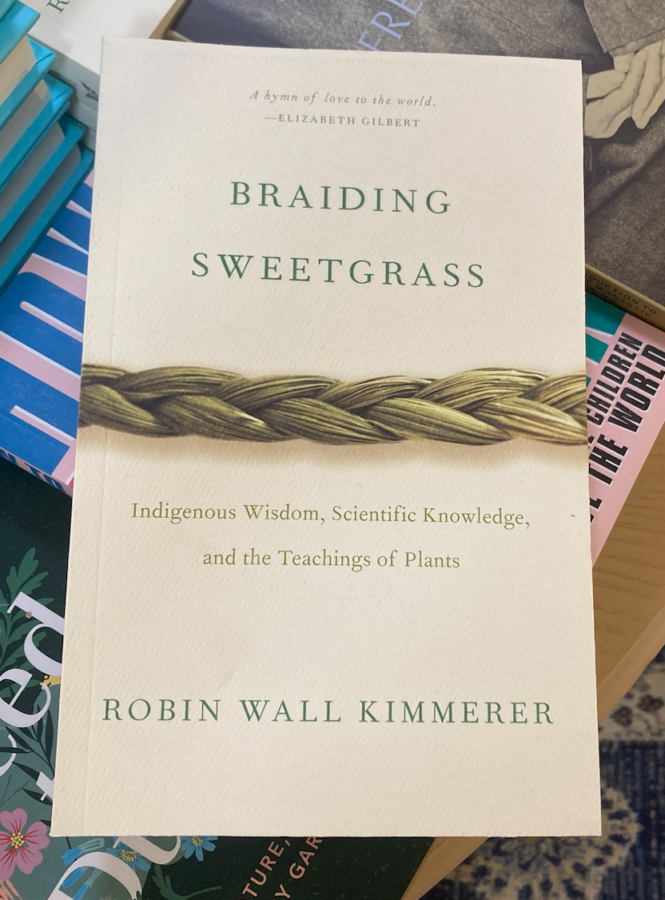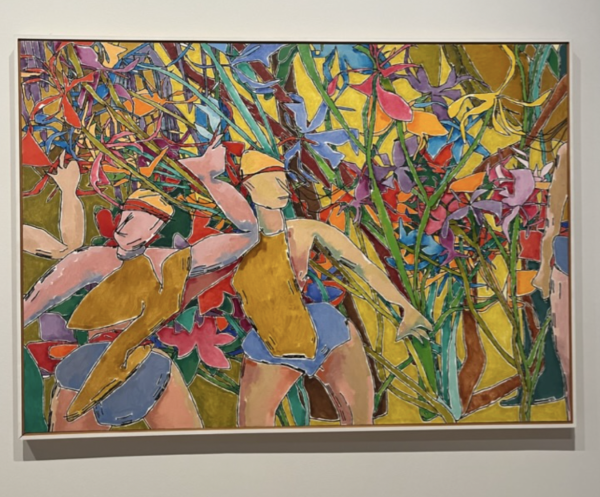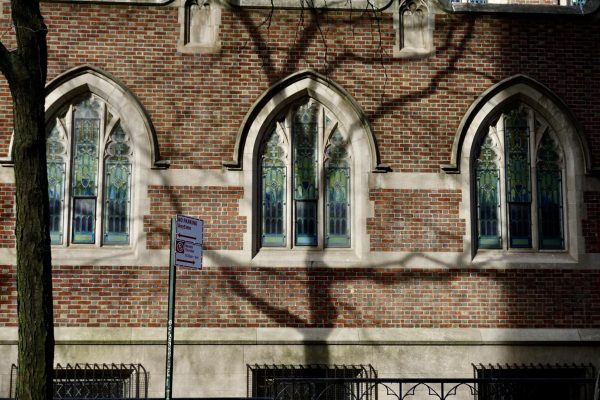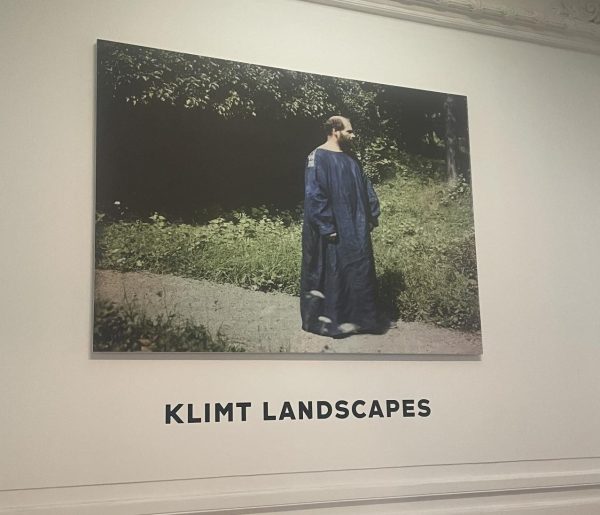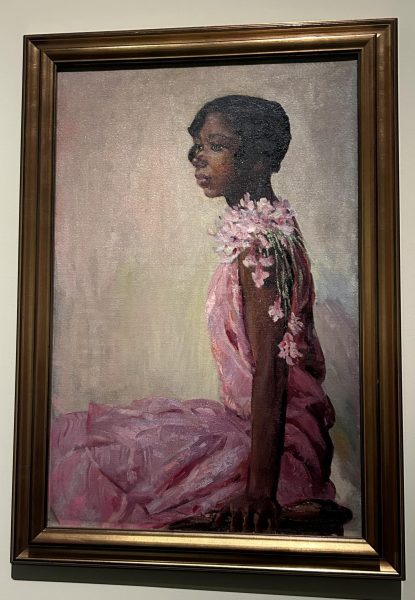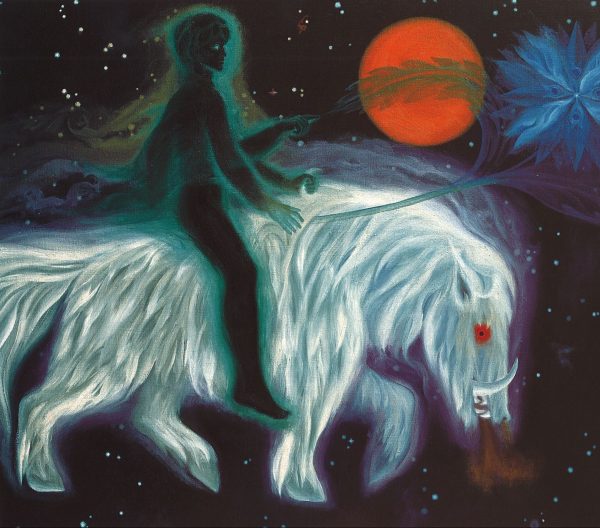Honoring a ‘Covenant Of Reciprocity’: A Review of Robin Wall Kimmerer’s ‘Braiding Sweetgrass’
The book has been widely celebrated for its deep insight into the process of healing our individual and collective relationship with the natural world.
Named for its sweet aroma, the titular Sweetgrass is a wild grass native to North America and Eurasia. It holds spiritual significance to indigenous peoples throughout the American continent, including members of the Potawatomi Nation.
I began reading Braiding Sweetgrass on a porch in upstate New York. My concentration was lacking, as I had failed to magically become an avid reader during the lockdown caused by the Coronavirus pandemic. But after months of being indoors, a book of nature writing seemed like a breath of fresh air. I had purchased the book a couple months prior, but held off on reading it. I liked the idea of reading it where the natural world was real and tangible, not simply a far away concept.
It had rained for days there. The nearby Schoharie Creek swelled, gaining a new ferocity by the end of the week that seemed to take over the landscape. While the large, older trees seemed to grow more lush and vibrant, the branches of dainty young trees were heavy, exhausted by the water’s weight. Sitting cross-legged on a wooden chair, I was covered by a roof overhang that kept me dry, aside from a few adventurous droplets. From the porch, the rain seemed both distant and enveloping. When we stop to listen to the rain, author Robin Wall Kimmerer writes, time disappears.
In her bestselling book, Braiding Sweetgrass, Kimmerer is equal parts botanist, professor, mentor, and poet, as she examines the relationship, interconnection, and contradictions between Western science and indigenous knowledge of nature and the world. As a SUNY Distinguished Teaching Professor of Environmental Biology, and a member of the Citizen Potawatomi Nation, she weaves her academic expertise with her cultural knowledge throughout this collection of essays. “I envision a time when the intellectual monoculture of science will be replaced with a polyculture of complementary knowledges,” she writes.
I was enthralled by Kimmerer’s ability to nourish the heart and mind, all in the same paragraph. She uncovers metaphors from plants and effortlessly applies them to the struggles that many of us face, leaving readers more knowledgeable about both plants and ourselves. In one chapter, she goes from discussing her feelings about dropping her daughter off at college to explaining the complex capillary system that enables lilies to grow in water. “Since they are connected by air-filled capillary networks, the oxygen moves by mass flow from the young leaves to the old, passing through and oxygenating the rhizome in the process,” she writes. “The young and the old are linked in one long breath, an inhalation that calls for reciprocal exhalation, nourishing the common root from which they both arose. New leaf to old, old to new, mother to daughter — mutuality endures. I am consoled by the lesson of lilies.” In Braiding Sweetgrass, plant biology concepts blend with poetry, suggesting that the lines between intellectual and emotional discussions about the natural world are not as distinct as many believe.
The image of nature as a mother is as old as storytelling itself. Still, Kimmerer’s writing on this concept is so powerful and moving that one cannot help but be filled with awe at her words. In the chapter, “Maple Sugar Moon,” she recounts a story of time spent tapping trees in order to make maple syrup with her daughters at their home in upstate New York. “The girls stretch out their tongues and slurp with a look of bliss, and unaccountably I am moved to tears. It reminds me of when I alone fed them. Now, on sturdy young legs, they are nursed by a maple — as close as they can come to being suckled by Mother Earth.”
At its core, beneath all the rich layers of history and plant biology and discussions of academia, the book is about love and relationships — explorations of love for each other, love for the land, and love we receive from the Earth. Kimmerer illuminates the importance of gratitude and mutuality as a central principle of healing the natural world, describing our obligations to the land and each other as a “covenant of reciprocity.”
Braiding Sweetgrass is not a step-by-step guide to saving the earth. Many people feel love for the Earth, but Kimmerer urges us to consider: “does the Earth love us too?” Going beyond tired platitudes about conservation, (“recycle more!” “plant a garden!”) she forces readers to examine and reimagine their relationships with nature in countless ways, beginning with issues as granular as the language we use to refer to plants, to issues as big as colonialism and global warming. As Kimmerer views it, the story of our relationship with plants and impact on the natural world is not one-sided. And thus, our solutions to ecological problems we face cannot be conceived as purely one-sided either.
Although her sorrow and at times indignation regarding the state of the natural world today is clear, Kimmerer spins grief into action, encouraging readers to do the same. “Despair is paralysis,” she writes. “It robs us of our agency. It blinds us to our own power and the power of the Earth.” Avoiding pessimism or apocalyptic fantasies, she instead advocates for a re-envisioning of our relationships with the “more-than-human world.” As she sees it, it is our relationship to the land that is broken, not the land itself. Gratitude for all the land has given us is the first step in the process of restoration; it’s time to repay our debts.
Kimmerer spins grief into action, encouraging readers to do the same. “Despair is paralysis,” she writes. “It robs us of our agency. It blinds us to our own power and the power of the Earth.”
Nora Sissenich is an Editor-In-Chief for 'The Science Survey,' a role that she values deeply because it allows her to offer guidance and insight through...

